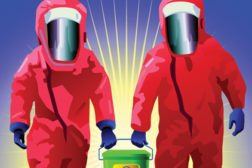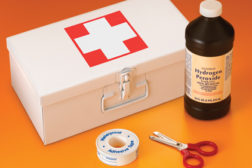Home » Exposures
Articles Tagged with ''Exposures''
Industrial Scientific Announces New ‘Ask Dave’ Blog
Dave Wagner, director of product knowledge at Industrial Scientific, authors a blog dedicated to providing information about gas detection.
July 18, 2011
Never miss the latest news and trends driving the safety industry
eNewsletter | Website | eMagazine
JOIN TODAYCopyright ©2024. All Rights Reserved BNP Media.
Design, CMS, Hosting & Web Development :: ePublishing






